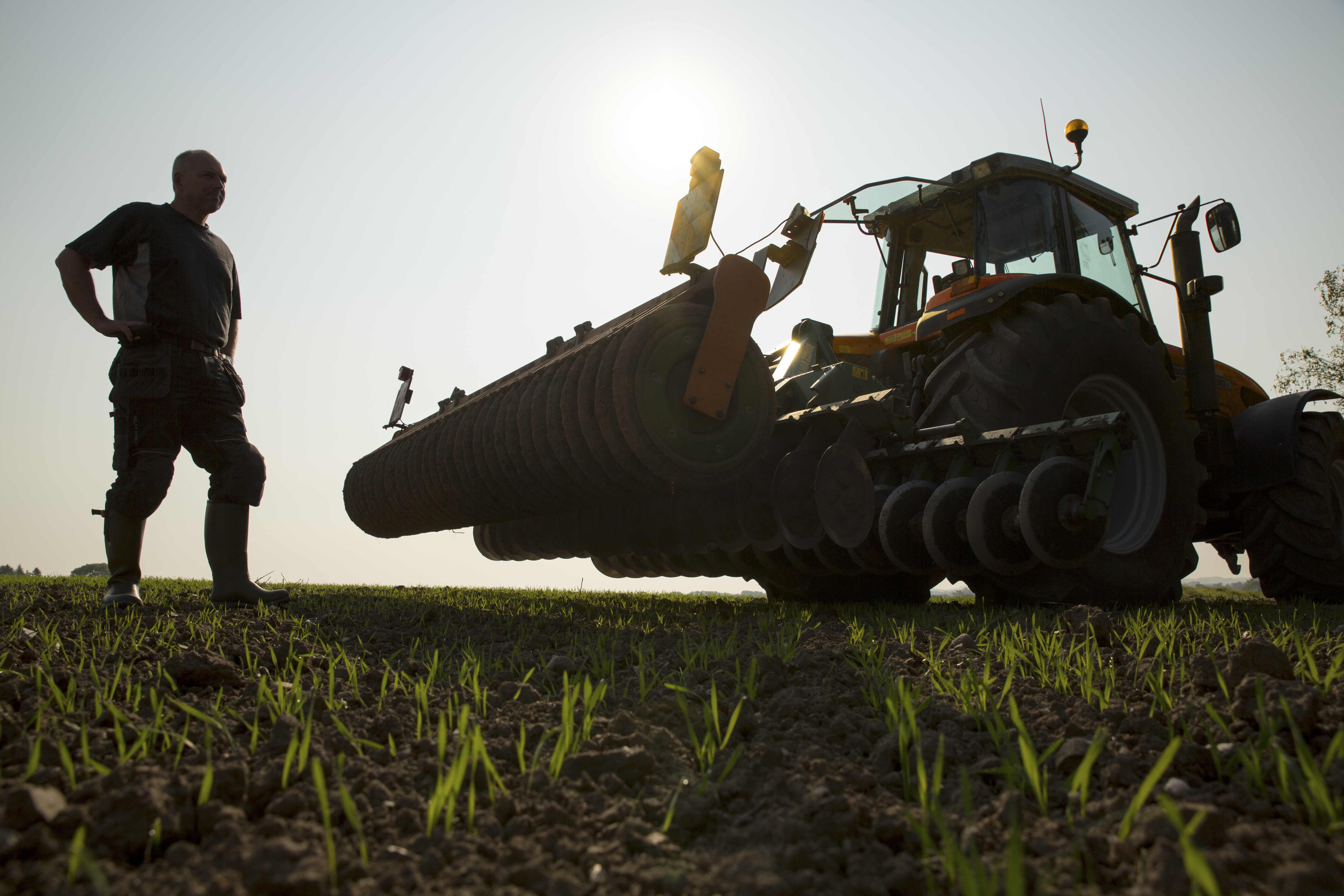‘Surprisingly, we know very little about the contents of sewage sludge’
Fors
Through the SDG Accelerator programme, the utility company Fors A/S has set out to purify sewage sludge with the help of plants, heat and patience.
Many primary school students have probably wrinkled their noses when visiting a wastewater treatment plant. After impurities have been removed, the bacteria start processing the muddy sludge, which later ends up fertilizing our fields. This simplified description is a good example of how nature could work, if it weren’t for the fact that the sludge might contain microplastics, pharmaceutical residues and other problematic substances. This is something Fors A/S is committed to change, project manager and innovation consultant Lærke Ærenlund explains:
"As a multi-utility company, we supply water and heat, collect waste, manage recycling depots and wastewater treatment plants in the Danish municipalities of Holbæk, Lejre and Roskilde. It is only reasonable, therefore, that we should work with the Sustainable Development Goals. If something is close to our hearts here at Fors A/S, it is a green and healthy environment."
Like many other utility companies, Fors A/S has long been concerned about the increasing levels of harmful substances in the sewage sludge, which is discharged in the fields, says Lærke Ærenlund:
"The sludge contains many vital nutrients, and thereby plays a crucial role in enriching our soils. Unfortunately, it might also contain various substances that potentially can end up harming the environment. In Germany, this has caused authorities to ban the spread of sewage sludge, which might also become the case in Denmark."
Faced with increasing levels of harmful substances, Fors A/S found it necessary to rethink how they could optimize their wastewater treatment. It was in this process that mineralization was considered as a possible solution, Lærke Ærenlund explains:
"Sludge mineralization is a method of purifying the sludge through a natural combination of soil, plants and patience. The process is already implemented at several of our treatment plants today and works well in the Danish climate. What has never been done before however, is moving the mineralization process into greenhouses, which is likely to improve the degradation of harmful substances such as microplastics, pharmaceutical residues and so-called polycyclic aromatic hydrocarbons. By improving dewatering properties and reducing the amount of sludge, we moreover believe the warmer climate to have a positive effect on the sludge mineralization process itself."

In the SDG Accelerator programme, Fors A/S has developed its solution further and calculated on the economic potential of sludge as a valuable resource for example as the basis for bio-fertiliZer rather than a problematic substance, which it costs money to get rid of. The SDG Accelerator was also used to convene a range of relevant experts – each with in-depth knowledge of one or more of the many processes involved. Lærke Ærenlund explains:
"We are convinced that sludge mineralization in greenhouses is a good idea, and have the data to support our hypotheses. We are now entering a phase of extensive research, which must be carried out in collaboration with expert advisors and academia. We expect it to be a time-consuming process, since we need at least a winter season and a growing season to observe how the sludge behaves. Realistically therefore, the experiment is expected to run for a minimum of 21 months, whereby data is collected continuously. If the experiment, at any time, proves to fall short, we always have the opportunity to either adjust the set-up or to stop it altogether."
Although Fors A/S is moving into unknown territory, Lærke Ærenlund is convinced that the world as a whole is entering a new era when it comes to treating sewage sludge:
"We clearly need to find new ways of handling sewage sludge if we are to ensure a clean environment for future generations. With controlled mineralization in greenhouses, we decompose waste on the one hand and transform sludge into a valuable agricultural resource on the other, thereby turning an expense into a source of revenue. If we succeed in refining the method, we might hold a solution with global potential in our hands. It all starts in a greenhouse in Kalundborg. That’s where we need to crack the code."
Read more about Fors here.
SDG 12.2
Fors aims to contribute to responsible consumption and production, specifically through sustainable management and efficient use of natural resources.
Solution
Fors A/S will test a new method for cleaning sewage sludge in greenhouses based on soil, plants, and heat.
Contribution
The sludge mineralization in Fors's method is expected to contribute to the decomposition of potentially problematic substances such as microplastics, chemical substances, pharmaceutical residues and polycyclic aromatic hydrocarbons (PAH).
Multi-utility
Fors provides water and district heating, cleans wastewater, collects waste, and operates recycling sites.
Public company
Fors is owned by the Danish municipalities of Holbæk, Lejre and Roskilde.
180 employees
Fors has its head offices in Holbæk and Roskilde, Denmark

 Locations
Locations